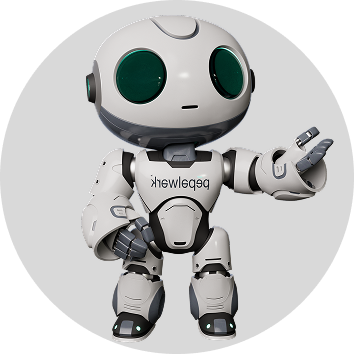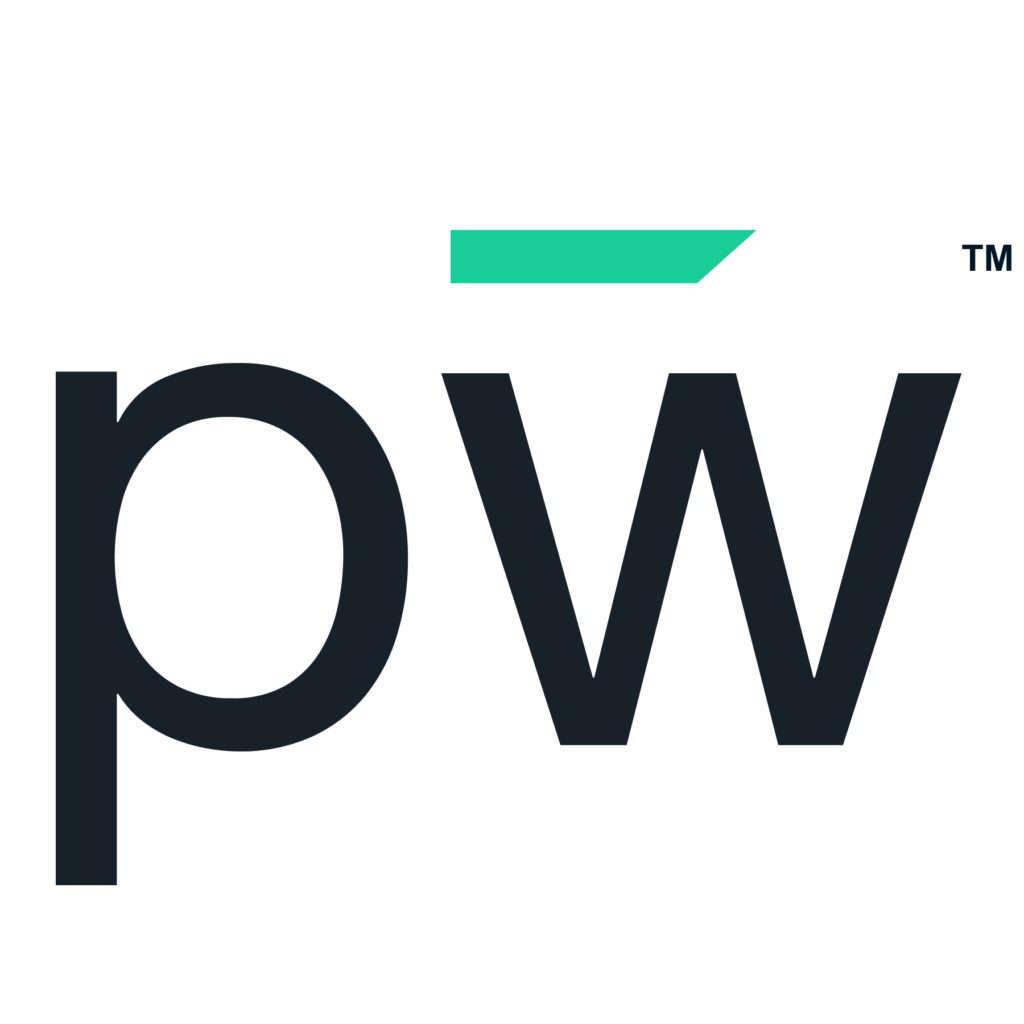The workforce has experienced many generation handoffs, but the latest is unique. Replacing boomers with Gen Zers has many employers and career services professionals at a turning point. The considerable differences between these two generations regarding work are substantial. As a result, strategic workforce planning is due for big changes.
This transition will require a concerted effort between those hiring and those preparing students for careers. Learn about the differences, challenges and opportunities that are ahead.
Key Differences Between Boomer and Gen Z’s Work Priorities
While many boomers have moved on to retirement — including many who chose to do so a little earlier during the pandemic — they still make up about 19% of the workforce. This number will dwindle in the next few years, with Gen Z becoming a larger part of the workforce. By 2030, Gen Z will make up around 30% of workers in the U.S.
As the landscape cycles through this change, employers and career services must understand the varying views on work priorities boomers and Gen Zers have. Every generation has its own opinions, values and attributes, and these two groups have traveled different life paths. What they have in common is that they’ve both lived through tumultuous and volatile times.
However, most boomers stayed with the same company for most of their careers because there were fewer choices, and upward mobility at one organization was more accessible.
Members of Gen Z, which is the most diverse generation ever, have had a lot more options for their career paths. They also have different priorities when evaluating an employer. They desire diversity, equity and inclusion and care about a company’s values. In fact, one report found that 77% said it’s important for an organization to align with their values. They are more aware of culture and if it’s “healthy,” and they expect technology to be available and effective.
Employers coming up short in these areas may face more challenges with workforce planning to recruit and retain Gen Z employees. Why is Gen Z’s view of work so different?
What Has Shaped Gen Z’s View of Work?
Several things have shaped Gen Z’s worldview and their attitudes about work. They witnessed their parents go through the Great Recession and experienced their own economic chaos during the pandemic. They are acutely aware of the widening wealth gap and rising housing, transportation, health care and food costs. They also have mixed feelings about pursuing a degree due to the dread of taking on student debt. They still value education and believe it’s crucial but want more equitable ways to attain it.
In addition to economic concerns, they also have strong beliefs about diversity across race, gender and orientation. Their mental health is also a top concern. A survey of all generations and their attitudes about work revealed Gen Z has a troubling level of distress. They were more concerned about stability and never being able to retire. However, they are marginally more optimistic than the average American.
The world has changed considerably between the era of boomers and Gen Z. As a result, the younger generation has completely different philosophies — and those impact the workplace.
The Impact of Gen Z on the Workplace
Gen Z has significantly affected the workplace in many ways. Stereotypes paint them as not wanting to work or being too obsessed with social media. These are unfair characterizations.
The reality is that Gen Z is a purpose-driven generation, which means they need to understand how their contributions and roles support a company’s mission. This connection is vital to their motivation, satisfaction and loyalty.
They’ve also been disruptors in the workplace because:
- They have high expectations about technology because they are digital natives; when it’s unavailable, they can become frustrated with the lack of progress.
- Pay equity and transparency are important to them, and they aren’t going to keep their salary to themselves like other generations have.
- Gen Z workers are highly independent and want autonomy while also wanting to feel like they’re part of something and craving community in the workplace.
- They prioritize mental health and wellness more so than any other demographic.
- They aren’t afraid to share their opinions and beliefs, whereas older generations have kept mum on them at the office.
As a result of all these factors, Gen Z is a unique and complicated generation, which means workforce planning has to shift dramatically. Before employers adapt, educators and career services must start the transformation.
The Role of Educators and Career Services in Developing Gen Z Talent
Gen Z students want their education to deliver value in terms of helping them develop skills and land an in-demand job. However, many don’t feel career-ready, and a skills gap exists. Change must occur to close this gap and help students successfully transition to a career.
The keys to this for educators and career services are to:
- Align education and curriculum to in-demand skills employers want so members of Gen Z can develop them.
- Work through the challenges of collaboration with employers at scale and what resources and technology may be needed.
Ultimately, for Gen Z to thrive and be career-ready to replace boomers, it will require the entire village.
All Stakeholders Need To Work Together To Build a Sustainable, Modern Workforce
Workforce planning must encompass more than just defining what motivates a generation. We have data and information that provide clarity, but it’s not one-size-fits-all. Rather, there needs to be realignment for all parties — government, education institutions and employers — to fill the gaps that are coming. Otherwise, workforce shortages will only grow, leaving the infrastructure of work in jeopardy.
Some of this planning may include:
- Using skills-to-career matching to ensure individuals understand their abilities and aptitudes and how they align with jobs.
- Ensuring that before they choose a career, they have actual experiences with what it will look like, so they don’t have regrets or lots of detours.
- Redesigning work and adapting it to embrace automation and collaboration.
- Supporting workforce planning with continuous skill development to keep them engaged; it’s a priority for them to continue honing their abilities so they remain agile.
- Creating options for career paths that look nothing like the traditional hierarchy of climbing the ladder.
- Making inclusion and diversity part of your company’s culture to attract Gen Z candidates.
There is a lot to do to facilitate this transition, and pepelwerk wants to bring all parties together so we can all evolve. Learn about our workforce planning solutions and meet stakeholders by attending a pepelwerk event.










